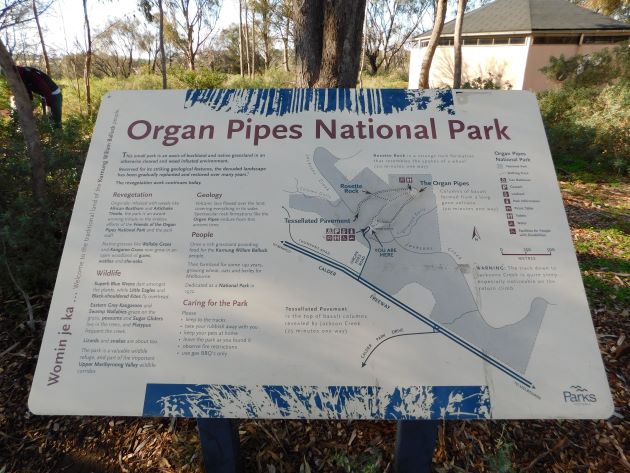
Organ Pipes National Park is very close to Melbourne and easily accessible from the Calder Highway about 20 kilometres from the city centre. I would have to say they could do with a bigger brown sign to show the turn-off, because it is not easily visible as you travel up the highway to the north-west. The sign is on the far side of the double-width highway at the turn-off, so you do need to be aware of that. Ideally there would be a sign for it on the highway heading north-west! However, we were lucky the traffic was not too heavy and we could cross to the middle of the highway and turn down Organ Pipes Road. I have no doubt there are places to turn around if you miss the turn-off, but it is nice to be forewarned!
There are picnic tables and toilet facilities in the car-park, but you are asked to take your rubbish home with you. The trails are clearly marked and there is a warning about how steep the trail is to get down to the rock formations.
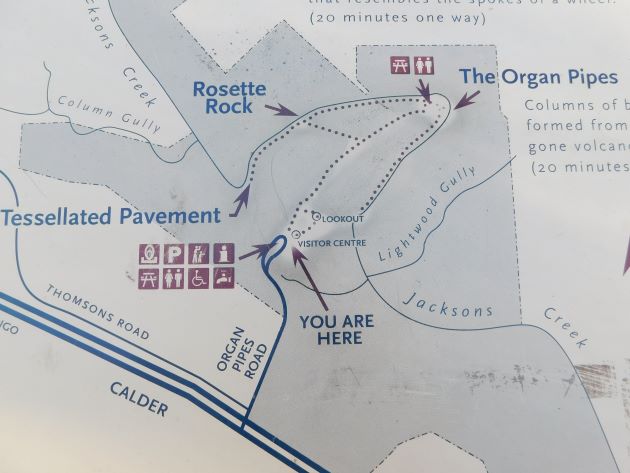
Walk trails
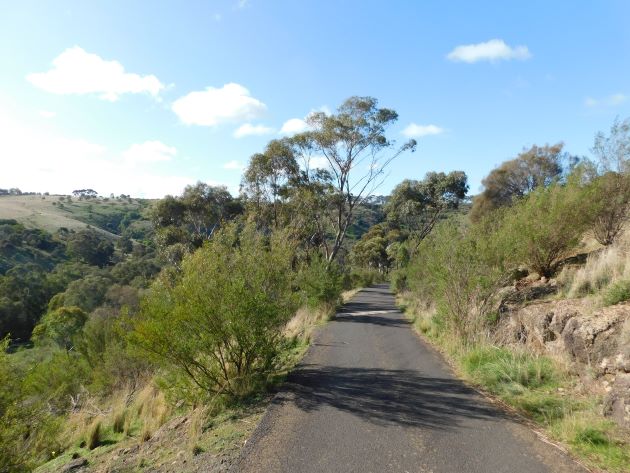
Initial trail to the rock formations
This first steep section is not too long and there is no other way to get to the area where the rock formations are. On our visit there were quite a few people in the park, but they were spread along the trails and at no time did you feel there was a crowd. All of the rock formations were interesting to see. The basalt columns were formed about a million years ago from molten lava.
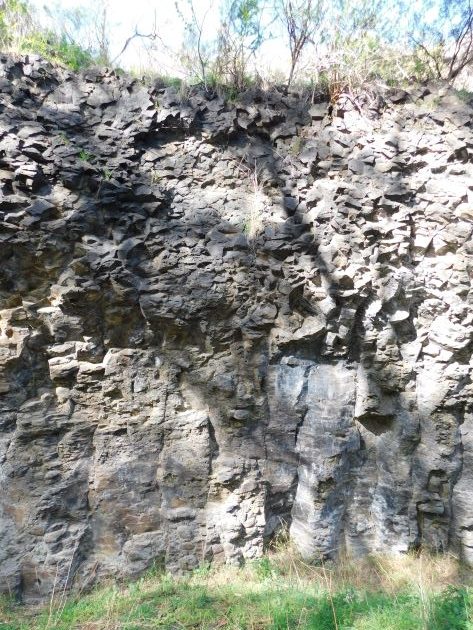
Rock formation in the park near the creek and tessellated pavement
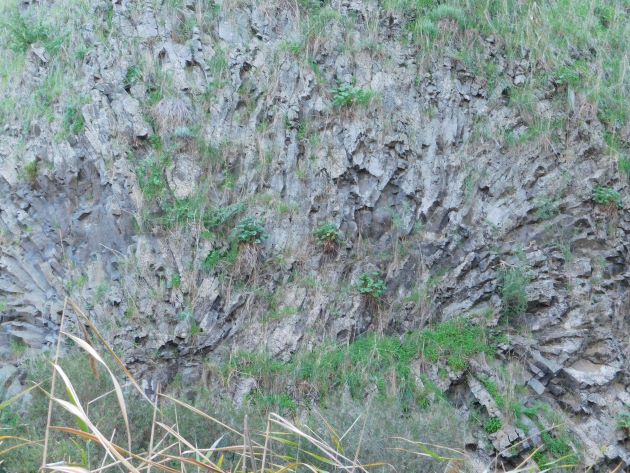
Rosette rock formation in the park
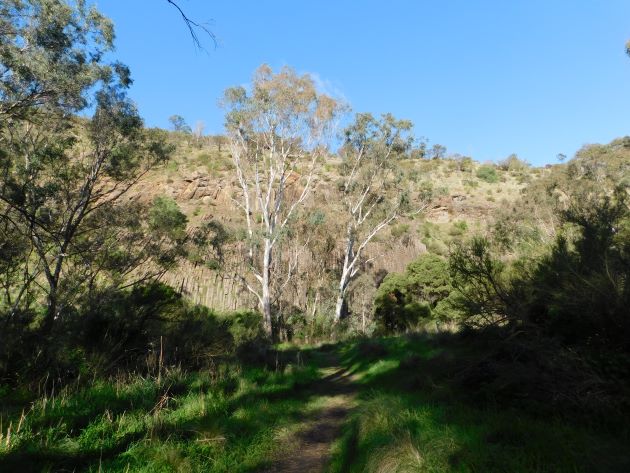
Approach to the Organ Pipes
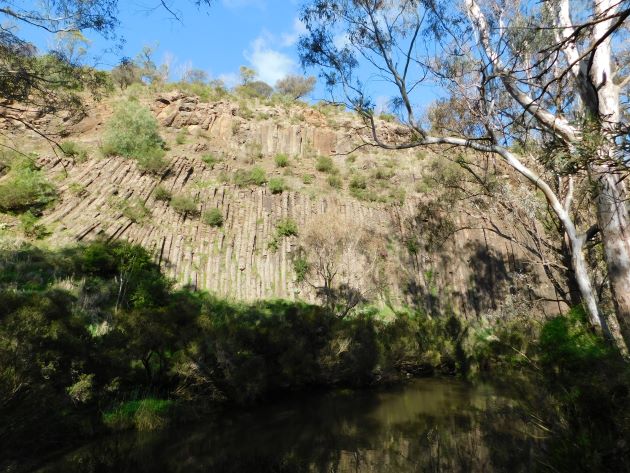
Organ Pipes rising above the creek
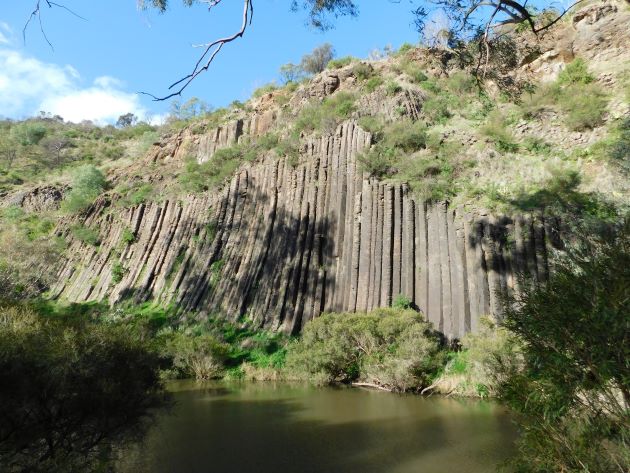
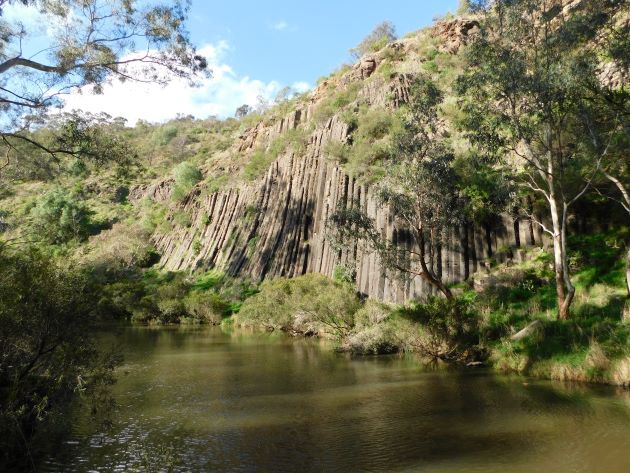
Organ Pipes
Despite the very cold weather the sky was blue and we soon observed a Black-shouldered Kite soaring over the valley followed by a Wedge-tailed Eagle.
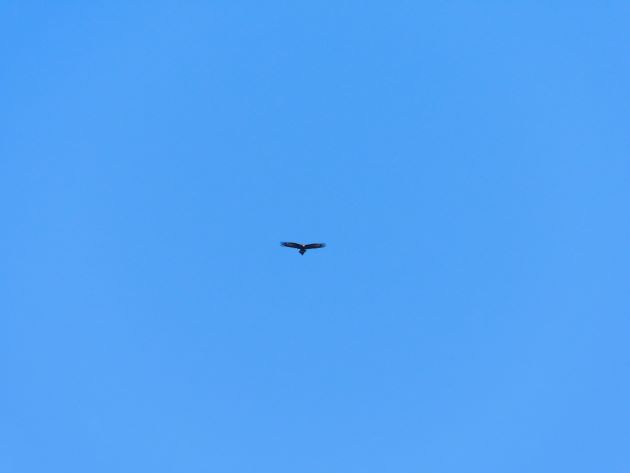
Wedge-tailed Eagle
We chose to turn all of the trails into a loop walk and enjoy as much of the park as possible. Jackson Creek was flowing quite high, so we were a bit restricted on where we could walk. We were able to see many bird species that we don’t see at home in Broome, Western Australia. They included Crimson Rosellas, Red Wattlebirds, Grey Fantails, New Holland Honeyeaters, Red-browed Finch and many more.
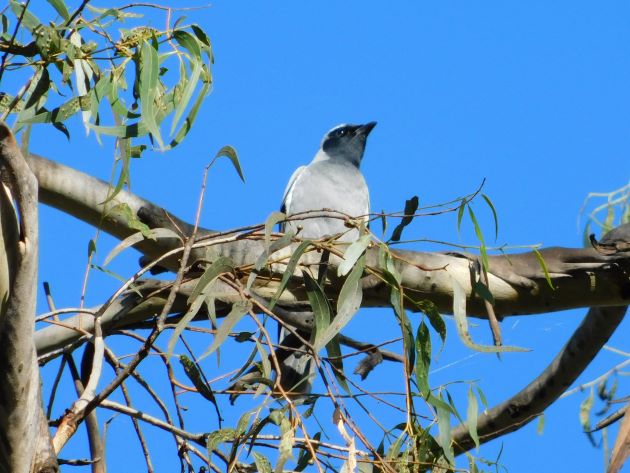
Black-faced Cuckoo-shrike
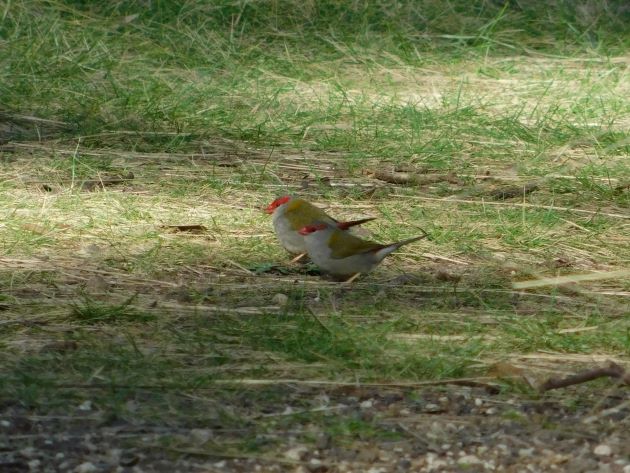
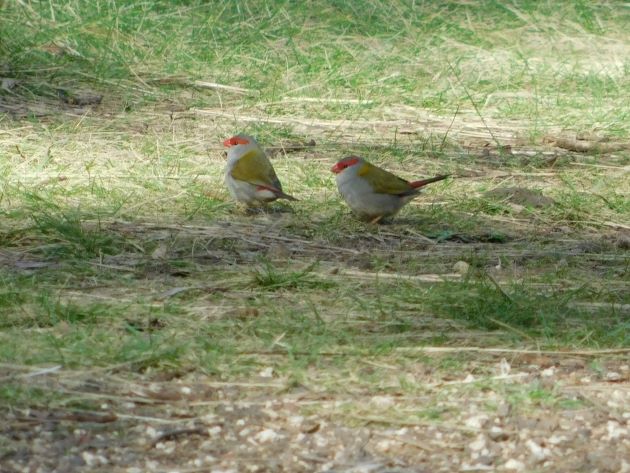
Red-browed Finch
The most common bird in Organ Pipes National Park was the Superb Fairy-wren. They were hard to ignore even if birds were not your main reason for visiting the park. They were on the paths, trees, picnic tables and appeared to be completely oblivious to the visitors to the park.
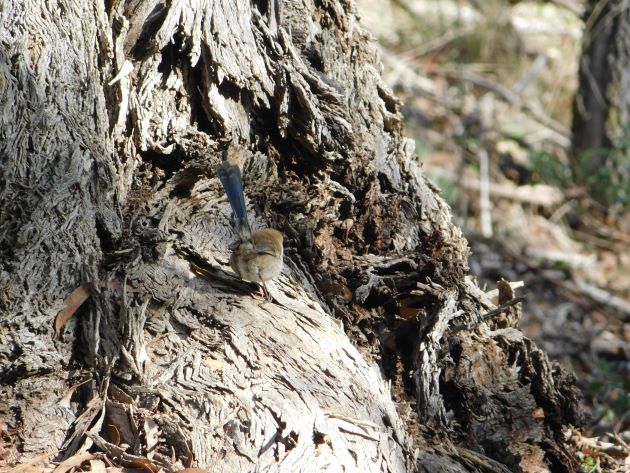
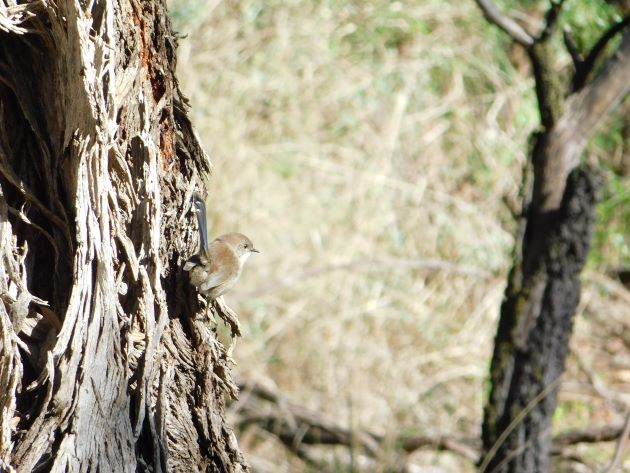
Female Superb Fairy-wren
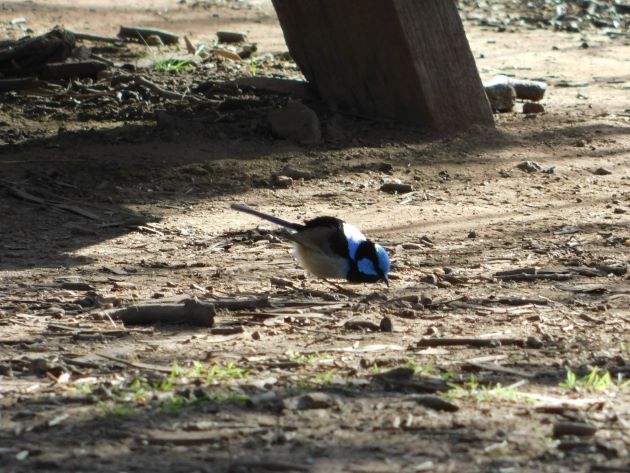
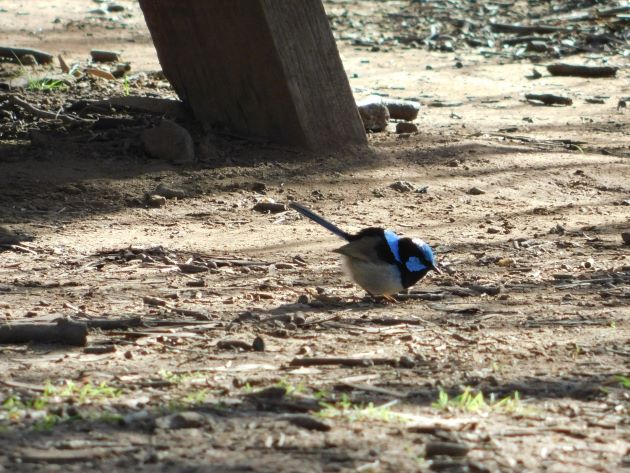
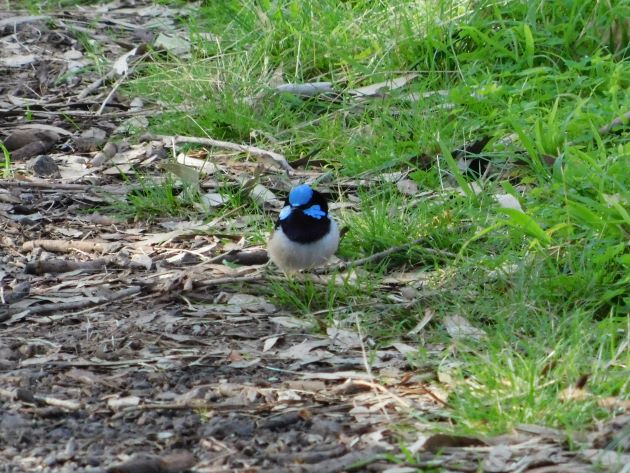
Male Superb Fairy-wren
Over 100 bird species have been observed in Organ Pipes National Park, so it is worth a visit not only for the rock formations.








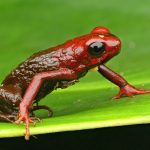
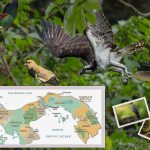
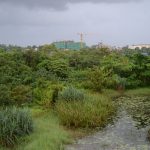

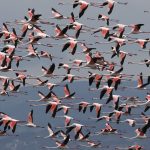
Leave a Comment